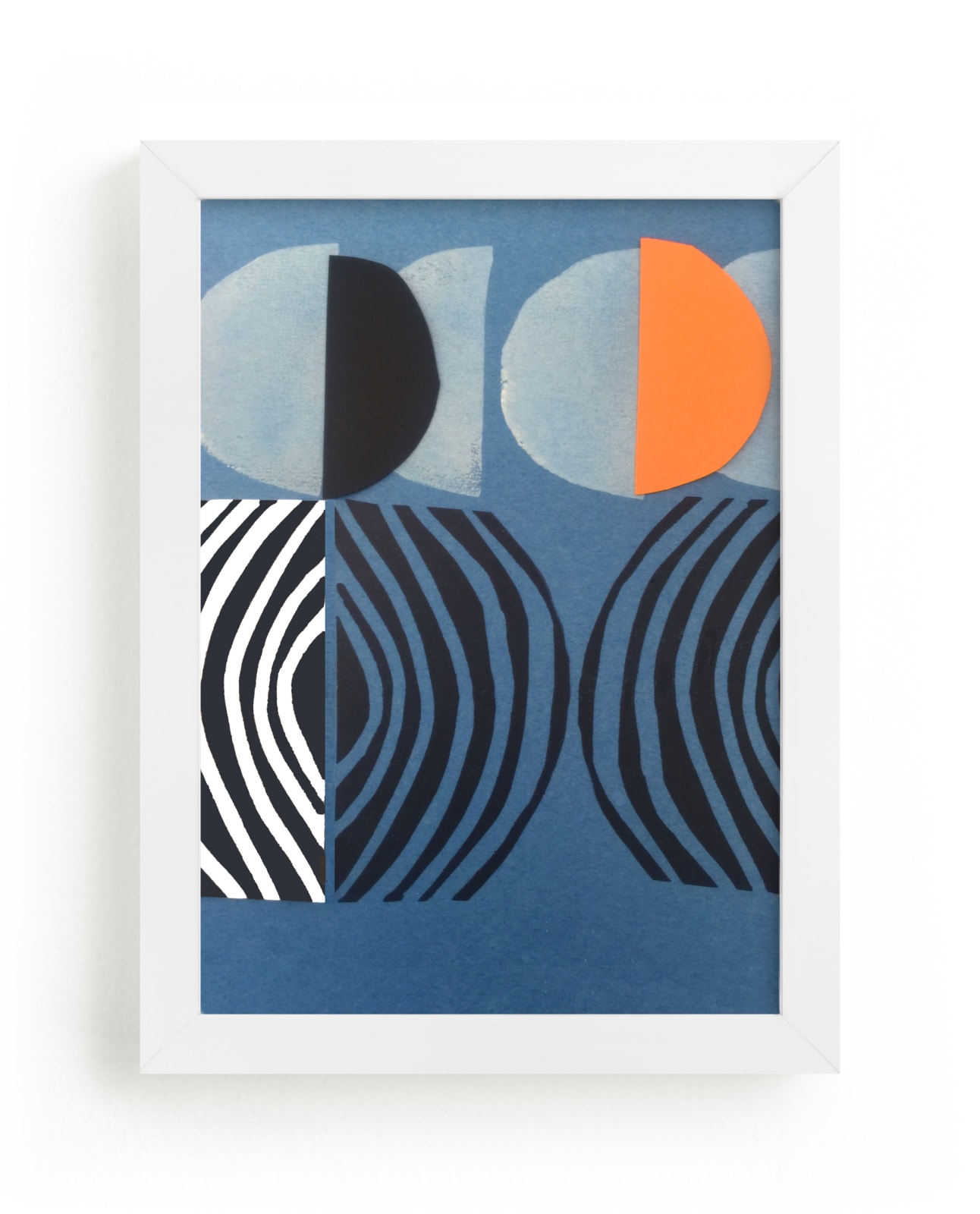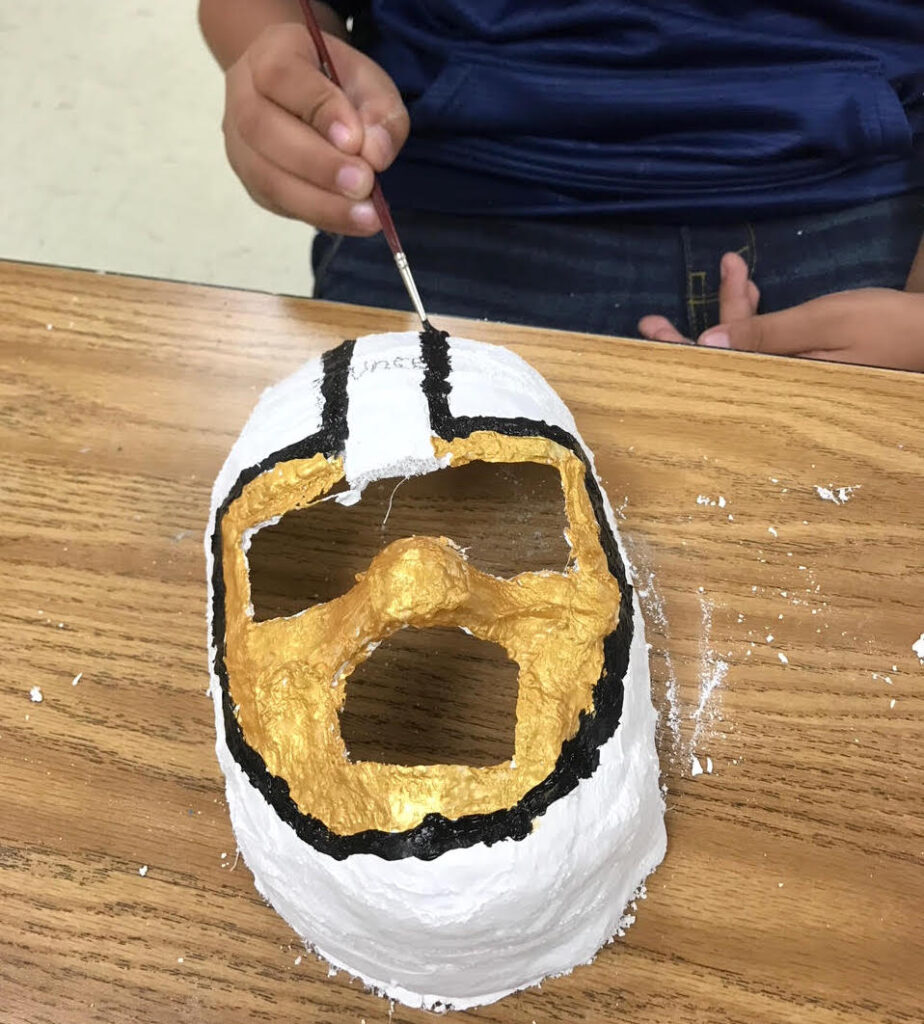Sentence Starters
|
|---|
|
|
|
|
|
|
|
Sentence Starters
|
|---|
|
|
|
|
|
|
|
Alma Thomas was an African-American Expressionist painter and art educator. In Washington D.C. where she worked and lived, she would view her colorful garden through the windowpanes. Her colorful paintings evoke the happiness she felt painting.
 |
| Alma Thomas |

/https://tf-cmsv2-smithsonianmag-media.s3.amazonaws.com/filer_public/f5/23/f523fa03-b997-45a9-9699-fca0bc0e50ea/lane_eclipse_after_image_2021_al1011.jpg)
/https://tf-cmsv2-smithsonianmag-media.s3.amazonaws.com/filer_public/61/90/619075a4-7c73-41df-9bc5-e006454ea55b/eclipse3.jpg)

Masks are such a great way to introduce your students to other cultures. They can also help students explore their own identities or celebrate people they admire such as fictional characters or personal heroes. Creating masks with plaster gives students the chance to work with new materials and ensures they’ll be able to enjoy their finished work for years to come.

It is important to have your materials ready to go so students can finish the plaster portion of the lesson in one class period.
Here is what you will need:
Day 2: Paint the Masks

Days 3 and 4 and Beyond: Add Embellishments

Have students answer the following questions when they share:
Overall, this lesson is a great way to focus on creating masks while giving your students room to bring in their own ideas for their final piece. If you don’t have room in your budget for face molds and plaster, try similar techniques using paper mache and balloons! Another great tip is to send a note home to parents to let them know about the project. You might be surprised by the embellishment donations you receive!
Puppets are fun to make and great for imaginative play. You can make puppets many ways! First, you will need to decide what kind of pupp...
